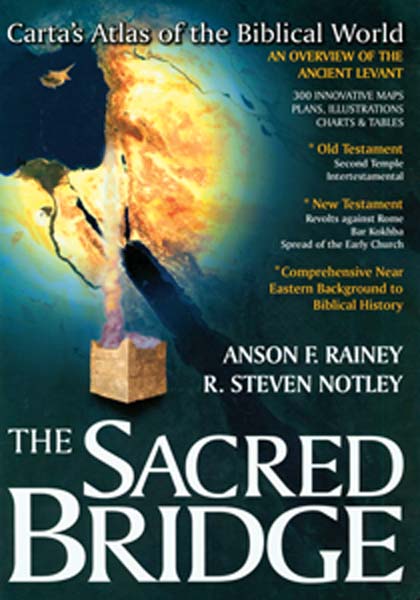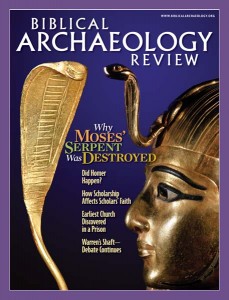
The Lord spoke To King Solomon in a dream offering him long life, honor, riches and freedom from enemies. Solomon asked only for a sage and discerning heart that he might rule his people wisely (1 Kings 3:4–15). Two narratives follow this Biblical passage confirming that King Solomon’s wish was indeed granted. The first narrative reveals Solomon as a ruler with the ability to ferret out truth when judging a conflict between two women about which one was the true mother of an infant (1 Kings 3:16–28). The second narrative shows Solomon as an efficient administrator who delegated authority on both a functional and geographic basis. Solomon created eight ministerial offices and divided Israel into 12 districts, each with a prefect to supply the king during one month of the year (1 Kings 4:7–19).
Although the narrative about the 12 territorial subdivisions is less dramatic than the episode about the two women, the description of Solomon’s administrative organization is “one of the most crucial passages for understanding the development of the kingdom of Israel in the tenth century B.C.E.,” according to The Sacred Bridge, a new atlas of the Biblical world. The book is illustrated with more than 300 maps, plans, photographs, charts and tables, spanning in depth the historical geography of Biblical lands from the dawn of history into Old Testament and New Testament times and through the Second Jewish Revolt against Rome (132–135 C.E.).
Already a library member? Log in here.
Institution user? Log in with your IP address.

